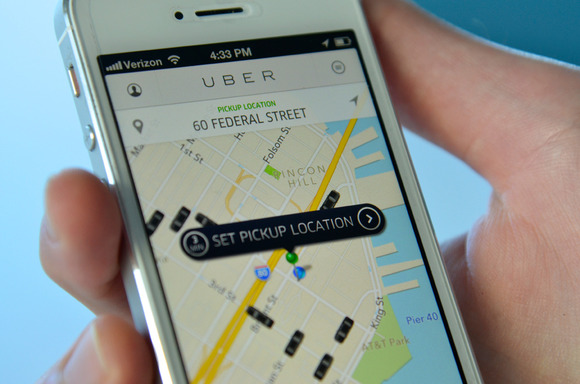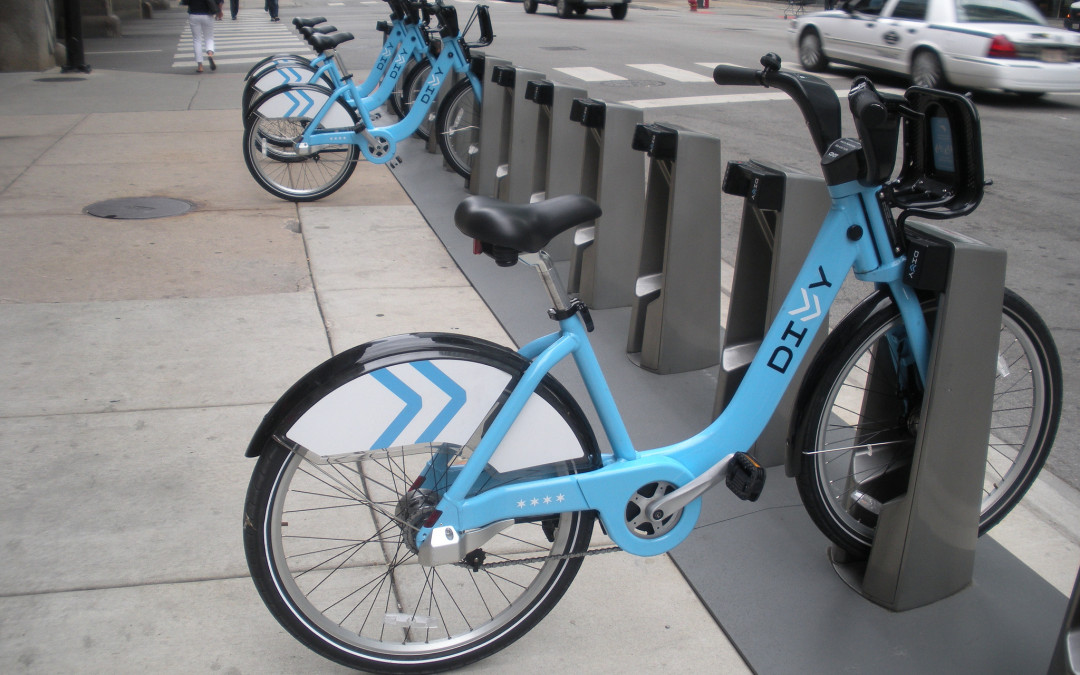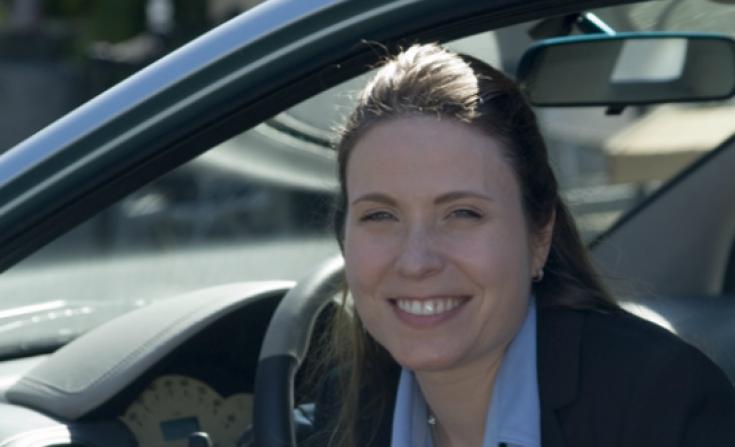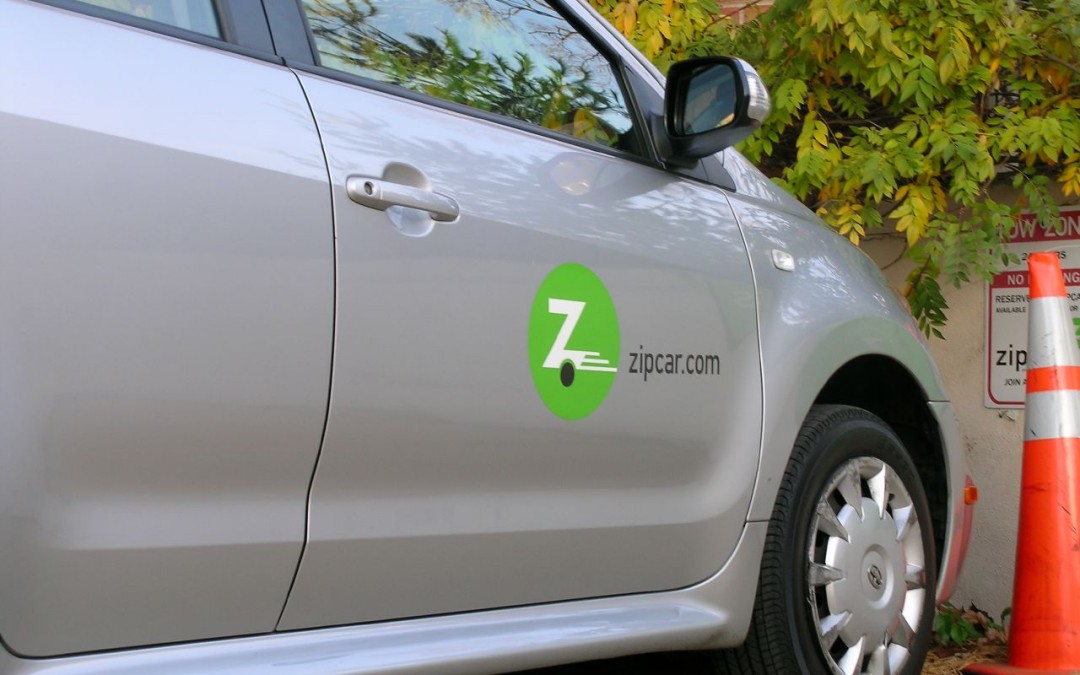
by mattchristensen00 | Oct 31, 2014 |
By Serena Saitto As the oldest of three kids, Baily Deeter was often the last to be picked up from school by his mother. Then Uber Technologies Inc. came along. When Baily started ninth grade in August, his parents gave him an account for the mobile car-booking application, under his dad’s name and credit card. Now rather than wait for his mom, the 14-year-old taps on his iPhone to order an Uber car for the seven-mile ride home from school in Atherton, California. “I’m very happy to have an Uber account,” said the teen. “It shows the trust that my parents have placed in me and it allows me to get from place to place in a flash.” His father, Byron Deeter, is a venture capitalist at Bessemer Venture Partners, who said he regrets not having invested in Uber. Like the Deeters, parents in cities from Los Angeles to New York who can’t make the drive themselves are also starting to use car-booking and ride-sharing apps to ferry their kids around. Parents are particularly turning to the apps for teenagers’ transportation needs to sports events and parties, said Brian Solis, an analyst at Altimeter Group, a San Mateo, California-based firm that researches the impact of new technologies. The apps let parents monitor where their children are during rides, something taxis and other modes of transport still don’t offer. “Having an Uber account is a growing trend, especially among high schoolers, reflective of the trust-based sharing economy,” said Solis, who also pays for an Uber account for his 17-year-old son. Car Ownership The use of Uber and other transportation apps...

by mattchristensen00 | Oct 24, 2014 |
By Eric Jaffe The rise of bike-share as a popular mode of city transportation has been swift and impressive. A new report on the state of North American bike-share, which gives new meaning to the word “comprehensive,” puts the total number of users at more than 1.1 million as of 2012. And that’s before the launch of new systems in major cities like Chicago, San Francisco, and New York. Bike-share is not only here to stay—it’s still getting here. Unfortunately, it’s been especially slow to arrive for poor residents. Bike-share has struggled to reach low-income riders despite considerable (and continuing) efforts by leading systems—Capital Bikeshare in Washington, D.C., Hubway in Boston, and B-Cycle in Denver notable among them—and these struggles persist. Until bike-share resolves these income disparities, its development from niche amenity into legitimate form of public transit can’t be complete. Data in the new bike-share report underscore just how systemic the equity problem is. Let’s take a look first at numbers in the Twin Cities. Nice Ride is among the most successful bike-share system in the United States, and it’s certainly tried to reach poorer residents. But it still has room for improvement as far as equity goes. As our chart shows, low-income bike-share members are under-represented in the population, while high-income members are over-represented: (CityLab) Charting the figures Salt Lake City, we find the same trend to an even greater...

by mattchristensen00 | Oct 16, 2014 |
By Mike McCamish, Director, Greentree Property Management Innovation in apartment ownership and management is not just software or gadgets. It’s about changing how we think about the amenities and services that fulfill the needs of residents and our investment in the properties. Car sharing is one of those innovations, and the apartment industry is seeing significant advantages in its adoption, driven by resident demand and demographic trends. Apartment owners and operators across the country, primarily in urban areas, are making car-sharing services such as Zipcar and CityCarShare available on-site for residents and in some cases, also to the public. A variation on basic car sharing, these car-sharing services first became active in “green”-minded communities such as Portland, Oregon; Austin, Texas; Vancouver, Canada; and San Francisco. Car sharing is a sought-after amenity for renters who do not want the added expense of owning a car but still need a car from time to time. It reduces the number of cars on the road and the auto-emission impact on the environment. Property owners implementing car sharing In San Francisco, Veritas Investments and its affiliates RentSFNow and Greentree Management, which together control one of the largest apartment portfolios in the City’s urban core, have seen such strong reception to a Zipcar pilot efforts two years ago that they expanded the pool to several communities. Now Zipcar’s largest host in San Francisco, the firm has more than 30 Zipcars in properties that can accommodate the parking, security and access requirements, with more underway. Equity Residential in 2011 launched a program to put Zipcars in 30 U.S. properties, and its website now reports Zipcars...

by mattchristensen00 | Oct 14, 2014 |
By Matthias Krause If you’ve attempted to dive deep into the topic of car sharing, chances are you’ve come across Susan Shaheen, or at least some of her studies. About 18 years ago she fell in love with the concept, even though she’d probably never put it that way. The idea of car sharing “resonated” with her, she said, as a Ph.D. student at the University of California at Davis looking for a dissertation topic. She saw a lecture by Michael Glotz-Richter, a German Marshall Fund Fellow from Bremen. She was fascinated by behavioral effects of people joining car sharing, and the resulting benefits for the environment, she recalled from her office at the University of California at Berkeley, home of the Institute of Transportation Studies, where she serves as a co-director of the Transportation Sustainability Research Center. “He essentially showed that 44 percent or 45 percent of vehicle kilometers traveled were declining due to the use of car sharing, and people were selling their cars or not buying cars, somewhere around 7 to 15 I think the numbers were,” Shaheen said. The reductions in energy use and CO2 emissions were notable, achieved by people changing their behavior. “I had been working on this idea of the station car that goes to and from the transit station. Is there a way that those vehicles could be shared and we could bring the concept of car sharing to the U.S.? And I was really deeply interested, and studying this by actually demonstrating it, putting a real project on the ground and seeing if we could get people to behave differently, and...

by mattchristensen00 | Sep 11, 2014 |
Urban Mobility is Hitting its Stride Few people know more about urban mobility than Susan Shaheen. The Cal-Berkeley professor of transportation engineering is one of the nation’s preeminent researchers of bike sharing, car sharing, and smart parking. Real Business caught up with Shaheen at ITS to chat about how modern cities are evolving. How has urban mobility come along over the past decade? Shaheen: We’re moving into an era of smart cities where [planners] are thinking about how to move people more efficiently throughout cities through classic public transit, like buses and rail, but also other forms of mobility that are new, like bike sharing and car sharing. There’s a growing emphasis on quality of life, and we’re trying to figure out how people can live densely but also increase their life quality. And we’re also seeing people gravitating more toward urban living. The smartphone has been a player in all of this, as has the economic recession of 2008 an 2009. How are millennials impacting this change? Shaheen: Auto sales are not as high among younger adults and millennials as we’d seen previously. There’s a desire among millennial populations to multitask. They want to be connected all the time and they’re not as interested in driving. Being connected also means riding in a public transit vehicle. So we’re seeing people wanting an urban lifestyle and trying to figure out how to make that work, even with families. To read the entire article, click...






